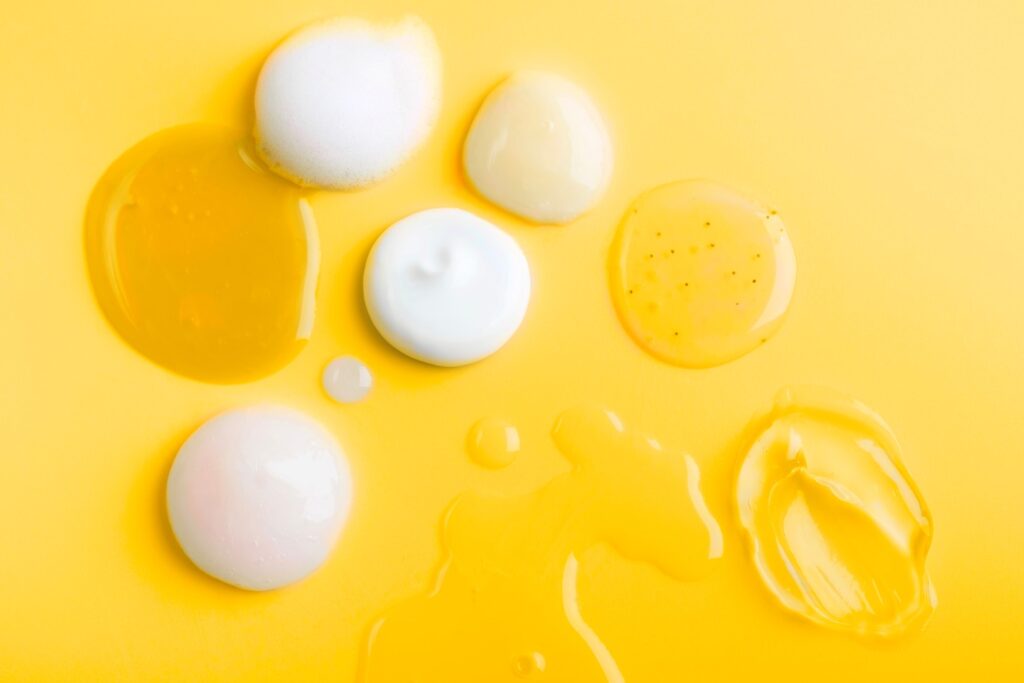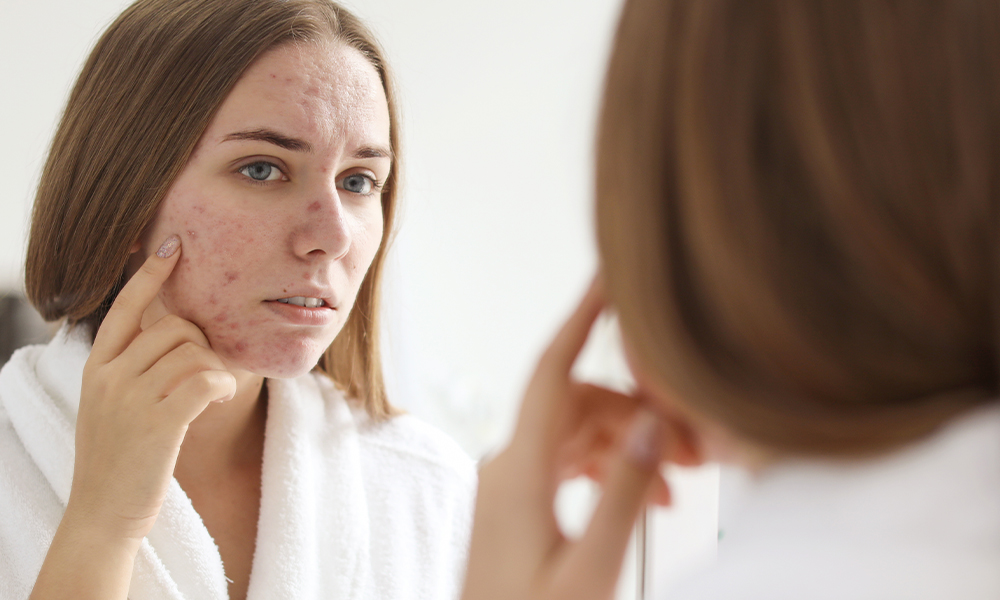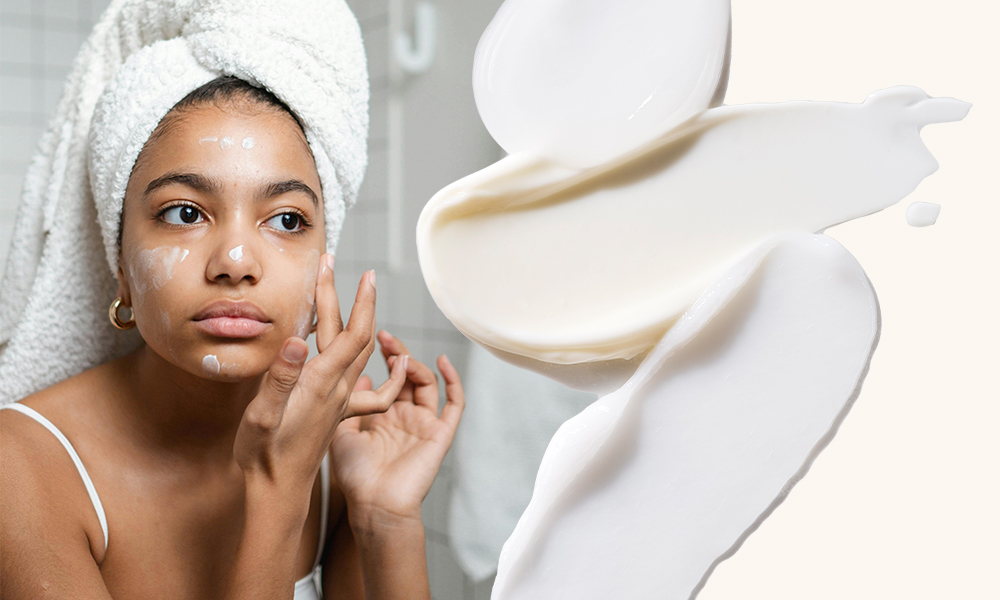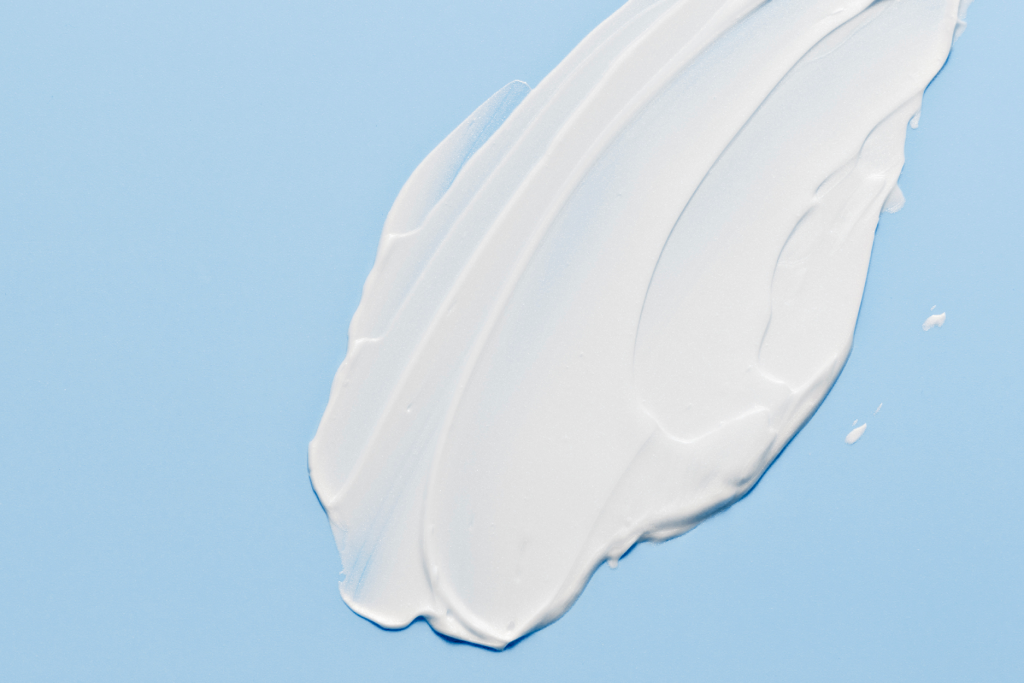Ask A Dermatologist: Do I Have Acne Or Rosacea?

Link to share article here:
Myth Buster: Skin Pilling And How To Stop It
Sometimes skincare products can be a little badly behaved. If you’ve ever noticed that your face is covered in little balls or flakes of product after application then you’re not alone.
The bad news is that misbehaving makeup, moisturiser, serum or sunscreen, are a common skincare complaint that can disrupt your routine, waste precious product and generally make a mess.
The good news? With a few easy amendments to your routine, you can ensure that all that skincare goodness gets absorbed, your foundation sits pretty and your face feels super smooth.
What is skin pilling?
Skin pilling is when products refuse to spread evenly or be absorbed into the skin. Instead, they form tiny balls or flakes that stubbornly hang around, transfer onto your hands and generally get in the way until you cleanse all over again.Let’s make it clear that pilling on skin isn’t the same as peeling. Skin peeling is when the outer layer (or epidermis) of skin is shed due to sunburn, irritation or heavy exfoliation. Pilling involves product sitting on top of your skin, not the skin itself.
Why does skin pilling happen?
Pilling can happen if you’re rushing your routine and your skin isn’t ready to absorb each product properly. First, try stripping back the number of products you use – your skin will be better equipped to absorb three high-quality products instead of ten. Leave plenty of time between each product, so your skin can soak it up before the next layer.
You’ll also need to apply them in the right order so the ingredients complement each other. If you’re using an oil-based product first, it can leave an occlusive barrier on the skin. An occlusive barrier is when a product sits on the surface of the skin to prevent moisture loss. The waterproof coating is useful to protect from dehydration but it can prevent absorption when you start layering other products on top. This is especially true if your other products are humectants that attract water into the skin, such as hyaluronic acid.
Examples of occlusive skincare ingredients include petroleum (Vaseline), silicones, squalane and shea butter. Beware of pilling (or less effective absorption and challenging application in general) if you use these oil-based products then apply water-based products on top.
If you notice that you experience skin pilling once you’ve applied your makeup then you’ve likely got an ingredient disagreement going down. A lot of cosmetics contain occlusive silicones, to boost skin hydration and make your skin feel smooth to touch.
Pilling can happen if your oil-based moisturiser is followed by a silicon-packed primer, an oil-based sunscreen, and then your foundation or concealer. These products won’t be making friends fast – especially if you’re in a hurry yourself.
Pilling can happen if you’re rushing your routine and your skin isn’t ready to absorb skincare properly. Try stripping back the amount of products you use.
How to stop skin pilling
There are a few easy wins here. Starting with skin that’s prepped for smooth product application is number one. Gentle exfoliation (think AHAs, BHAs or retinoids) can help even out your skin texture.
Focus on the way you apply your skincare, as this can often lead to pilling. It’s really important not to apply your skincare and then vigorously rub it in, as the rubbing motion will create heat and friction that can lead to pilling. We advise dotting or patting in your treatment and if needed, very gently rubbing it in to ensure you get full facial coverage.
The order in which you apply your skincare routine can also contribute to pilling. Generally, it’s best to apply water-based products first, followed by oil-based products, and then apply them in order of heaviness. As a rule of thumb, combining water-based and oil-based products in quick succession means they’re more likely to pill. It’s also important to give each layer time to absorb before applying the next layer.
If you come up against pilling regularly, take a look at the products you’re using and minimise the steps in your routine. The chances are you’re using too much product, in combinations that encourage friction.
The ingredients in your skincare products may be contributing to pilling. If your products contain silicones (look for “silicone” and “dimethicone” in the ingredients list) then this can increase the likelihood of pilling. If this issue is still occurring after the first two steps, it may be worth removing these products from your routine to see if this prevents the pilling.
Also, make sure that your skin is well hydrated with a moisturiser that suits your skin type and has time to absorb. If your skin isn’t too dry, save your richer, oil-based cream for the evening.
Final thoughts
Skin pilling is frustrating, but it’s easy to fix with some easy tweaks to your skincare routine. Just remember to lighten the load, give yourself time and be formulation-savvy to save your skin from those awkward pilling pile-ups.
Medical facts checked by Consultant Dermatologist, Dr Malvina Cunningham.
New to Skin + Me? Get your first month of personalised skincare for £4.99 with promo code DOSE – complete our quick consultation here.
Looking for a routine refresh? Add the Dream Routine to your Skin + Me subscription.
In need of a restock? Head to The Skincare Shop for one-off purchases of your Routine Essentials.



